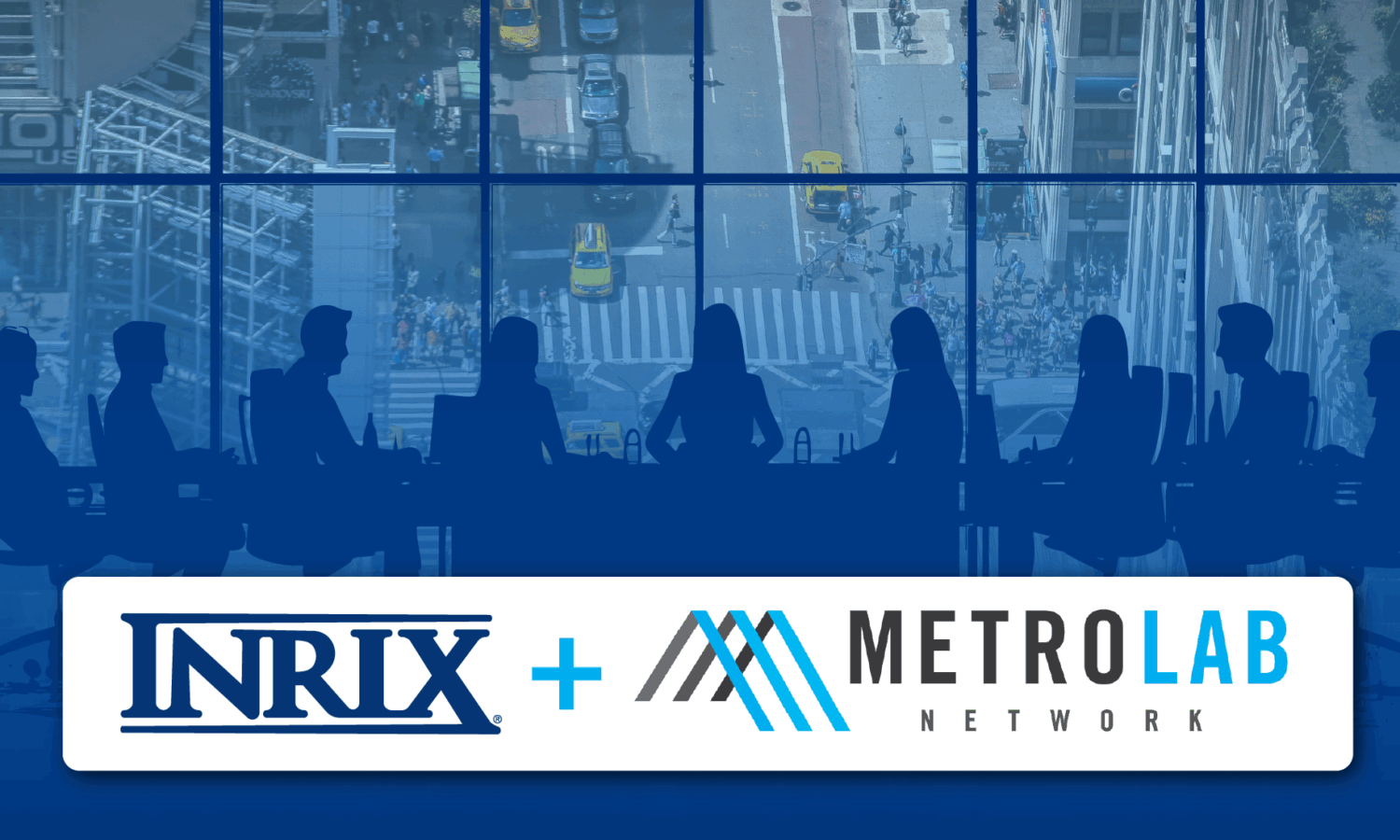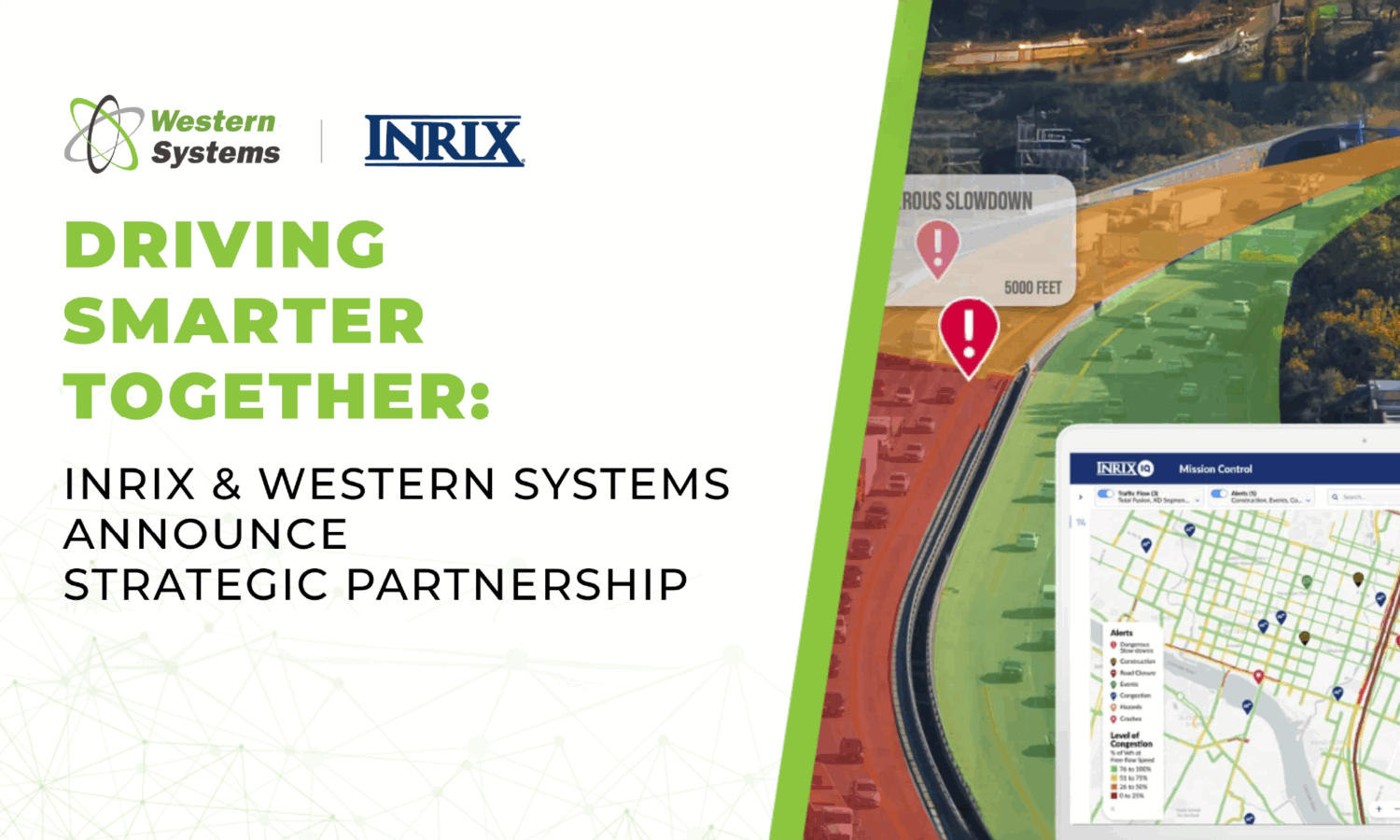- Washington County (OR) uses INRIX to validate complaints and prioritize system enhancements, which has resulted in a 30% reduction in delay after retiming
- The City of Austin is dynamically adjusting signal timing to reduce delay as traffic volumes and patterns shift throughout the pandemic
- Signal Analytics provides control delay, split failures, turn ratios, volume, and other key metrics purely from vehicle data
- Available now for 240,000+ signalized intersections across the U.S. at a vastly lower cost than installing traditional system sensors
- Signals nationwide average more than 80 hours of total daily delay per signal; each hour of total delay reduced eliminates 3 to 5 pounds of carbon emissions
KIRKLAND, Wash. – January 20, 2021 – Today, INRIX, Inc., a leader in transportation analytics and connected car services, announced that agencies in 12 states who collectively monitor nearly 40,000 signalized intersections are leveraging INRIX® Signal Analytics to make managing signal and corridor performance easier, faster and cheaper. Signal Analytics delivers unsurpassed intersection and corridor analytics in an easy to use yet powerful cloud-based platform designed for all levels of traffic professionals – management, engineering, operations, and maintenance.
Washington County Department of Land Use and Transportation (DLUT) in the Portland, Oregon metro area looked to INRIX to prioritize system enhancements, saving time and dollars while providing accurate and scalable performance measures. The City of Austin is adjusting signal timing to reduce delay as traffic volumes and patterns shift throughout the COVID-19 pandemic. Washington State Department of Transportation is in the process of conducting “before and after” studies of a new Adaptive Signal System to quantify benefits. Others leveraging Signal Analytics include agencies in California, Maryland, Massachusetts, Nevada, New Jersey, New York, North Carolina, Ohio, Oregon, Texas, Rhode Island, and Washington.
“Signal Analytics has allowed us to quantitatively verify issues and measure improvement after signal retiming, and in our evaluation resulted in 30% reduction in delay,” said Shaun Quayle, P.E., Senior Traffic Engineer at Washington County DLUT. “INRIX makes it a lot easier for agencies to conduct signal analysis, a process that historically relies on counts and modelling. Why model when you can measure performance with real insights?”
Signal Analytics is the industry’s first intersection analytics platform based exclusively on anonymous connected vehicle data that directly measures the performance of all vehicle movements and all signalized intersections. With more than 160 million observed vehicle crossings daily, Signal Analytics calculates for industry-defined metrics including control delay, split failures, arrival on green percentages, intersection speeds/travel times, turn ratios and volume at a vastly lower cost than instrumenting an intersection. Systemwide summary metrics are updated daily and presented in an intuitive, web-based application available through INRIX IQ, a SaaS application suite for uncovering mobility insights.
Signal Analytics provides metrics necessary for operators to fully understand performance to find and reduce excessive network delay on more than 240,000 signalized intersections across the United States. Customizable daily reports and dashboards highlight key metrics, problems and trends for intersections and corridors across a road network. In-depth searches and advanced functionality, such as user-defined date(s) for individual vehicle movement, leverage the Center for Advanced Transportation Technology (CATT) Laboratory at the University of Maryland’s powerful Regional Integrated Transportation Information System (RITIS) platform.
“Every transportation agency in America now has the ability to monitor and manage the performance of their entire traffic signals system without hardware. Agencies can prioritize system enhancements, saving time, money, and the environment,” said Scott Sedlik, senior vice president and general manager of public sector at INRIX.
Reducing excessive delay has a direct and immediate benefit of reducing carbon emissions from unnecessary idling at intersections. INRIX calculated each one second of delay reduced across signals nationwide would translate into 800,000 fewer metric tons of CO2 emitted annually. The recently passed Bipartisan Infrastructure Law contains more than $1.2 billion annually for DOTs to reduce the surface transportation system’s carbon footprint. Signal Analytics is a cost-effective tool to reduce emissions immediately and ensure continued emission reductions by eliminating needless vehicle idling. Signal Analytics qualifies under multiple eligible project categories of this new Carbon Reduction Program.
To learn more about how INRIX Signal Analytics can find and reduce excessive delays and emissions, please visit https://inrix.com/products/signal-analytics/.
###



